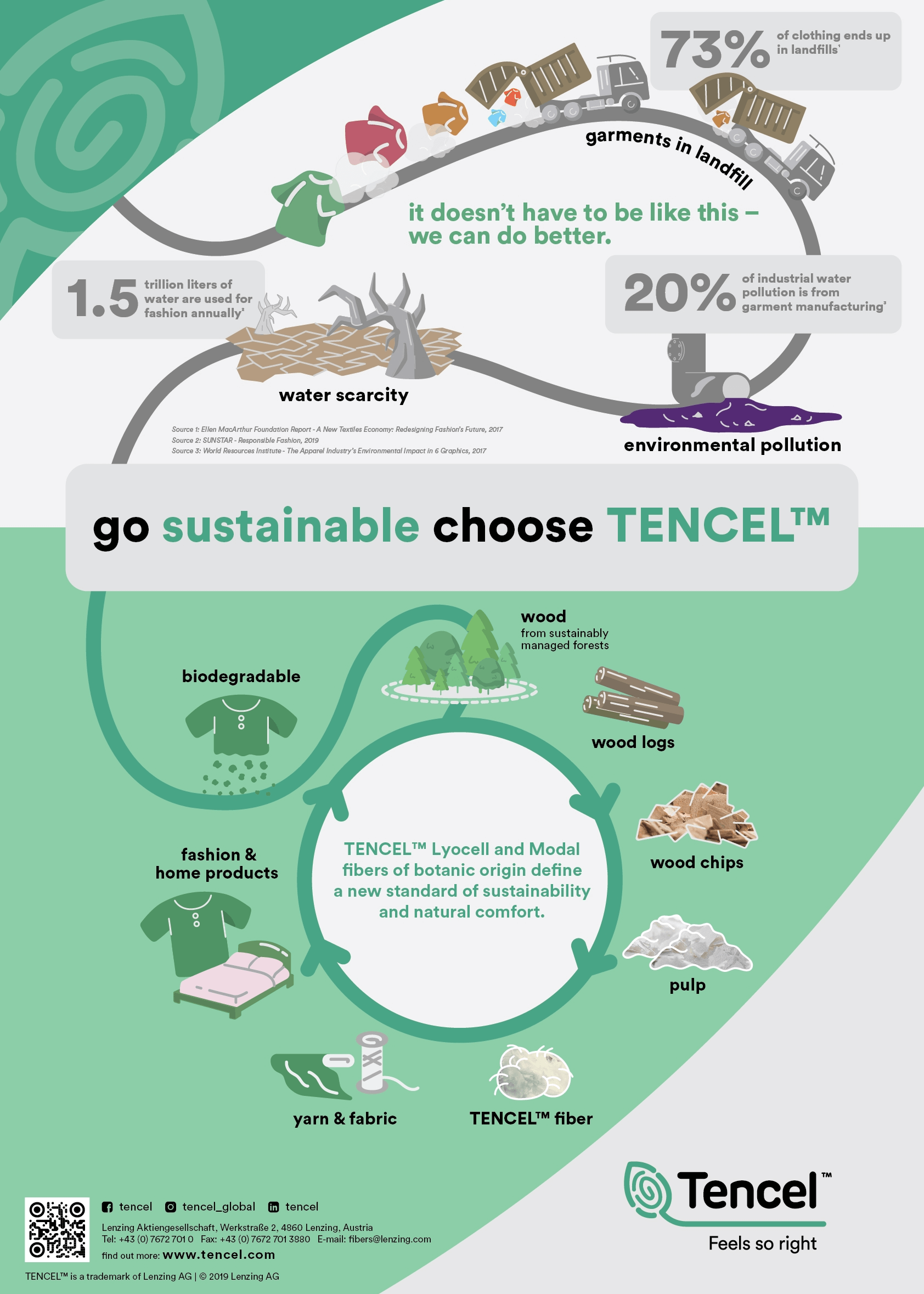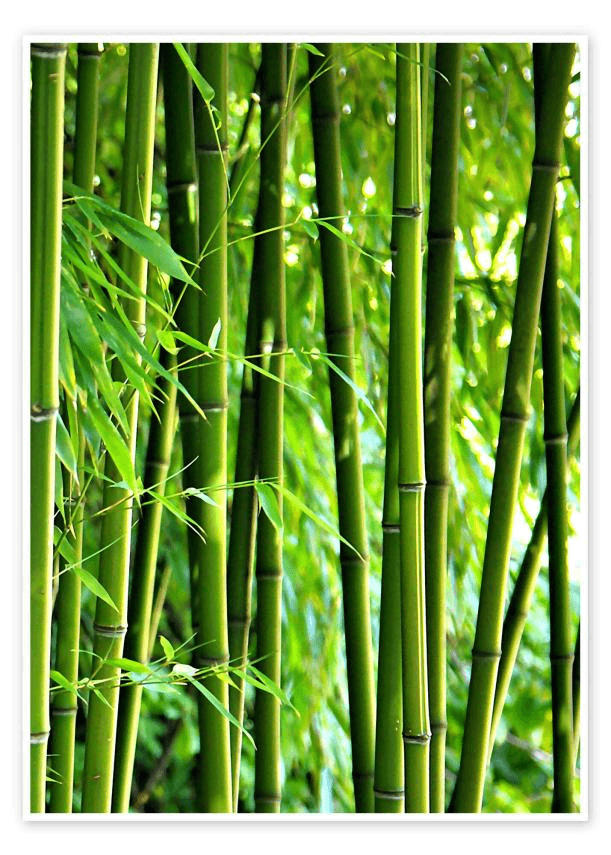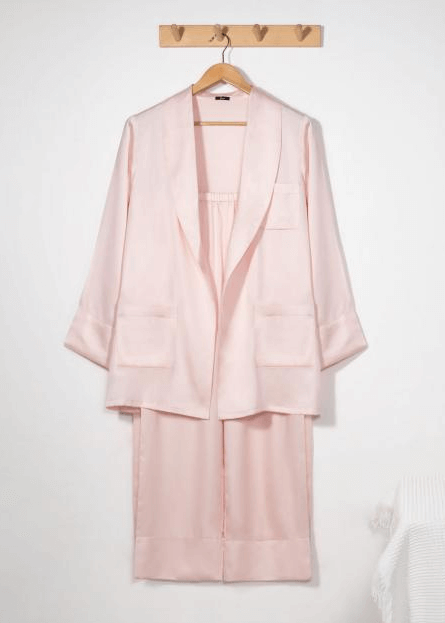Views : 692
Author : Zoe
Update time : 2024-07-02 14:30:11
TENCEL™ vs. Bamboo: Which Fabric Is Better?
Rivta Culture Equipment Co., Ltd
29 Jun 2024
Choosing the right fabric can significantly impact our comfort, style, and even our environmental footprint. In recent years, eco-friendly fabrics have gained popularity, with TENCEL™ and bamboo emerging as top contenders. Both are celebrated for their sustainability and luxurious feel, but each has unique characteristics that appeal to different preferences and needs.
TENCEL™ :
- TENCEL™ is a brand of lyocell and modal fibers produced by the Austrian company Lenzing AG. These fibers are derived from sustainably sourced wood pulp, typically from eucalyptus or beech trees. The production process is known for its closed-loop system, where solvents are recycled with minimal waste and emissions. This makes TENCEL™ a favorite among environmentally conscious consumers
- One of the standout features of TENCEL™ is its exceptional softness. The fibers are finer than silk, offering a smooth texture that is gentle on the skin. TENCEL™ is also highly breathable, making it ideal for warm weather. It wicks moisture away from the body, keeping you cool and dry—a property known as moisture management.
- Moreover, TENCEL™ is prized for its durability. The fibers are strong and resistant to wrinkles, shrinking, and fading. Garments made from TENCEL™ tend to maintain their shape and color over time, offering long-lasting wearability.
Bamboo :
- Bamboo fabric is derived from the pulp of bamboo grass. It is known for its natural antibacterial properties, which inhibit the growth of bacteria on the fabric. This makes bamboo a good choice for those with sensitive skin or allergies.
- Similar to TENCEL™, bamboo fabric is also soft and luxurious. It has a silky feel that is often compared to cashmere or silk. Bamboo fibers are breathable and have excellent moisture-wicking abilities, making them comfortable to wear in various climates.
- In terms of sustainability, bamboo grows rapidly and requires minimal water and pesticides, making it highly renewable. However, the process of converting bamboo into fabric can vary. Some methods use chemicals that may not be environmentally friendly, although advances have been made in producing bamboo fabric more sustainably.
Which Is Better ?
The choice between TENCEL™ and bamboo ultimately depends on personal preferences and priorities:
- Softness and Comfort: Both fabrics offer a luxurious feel, but TENCEL™ may have a slight edge in terms of softness and smoothness.
- Breathability: Both fabrics are highly breathable and moisture-wicking, making them suitable for warm climates.
- Environmental Impact: TENCEL™ is known for its eco-friendly production process and sustainable sourcing of raw materials. Bamboo is also sustainable, but the environmental impact can vary depending on production methods.
- Durability: TENCEL™ is generally more durable and resistant to wrinkles and fading compared to bamboo.
In conclusion, both TENCEL™ and bamboo are excellent choices for eco-conscious consumers seeking comfort and sustainability. TENCEL™ stands out for its softness, durability, and environmentally friendly production process. Bamboo offers natural antibacterial properties and is highly renewable, though the sustainability of its production methods can vary. Ultimately, the "better" fabric depends on your specific preferences, values, and intended use. Whether you prioritize softness, sustainability, or durability, both TENCEL™ and bamboo fabrics offer compelling reasons to consider them for your wardrobe and lifestyle.
Related News
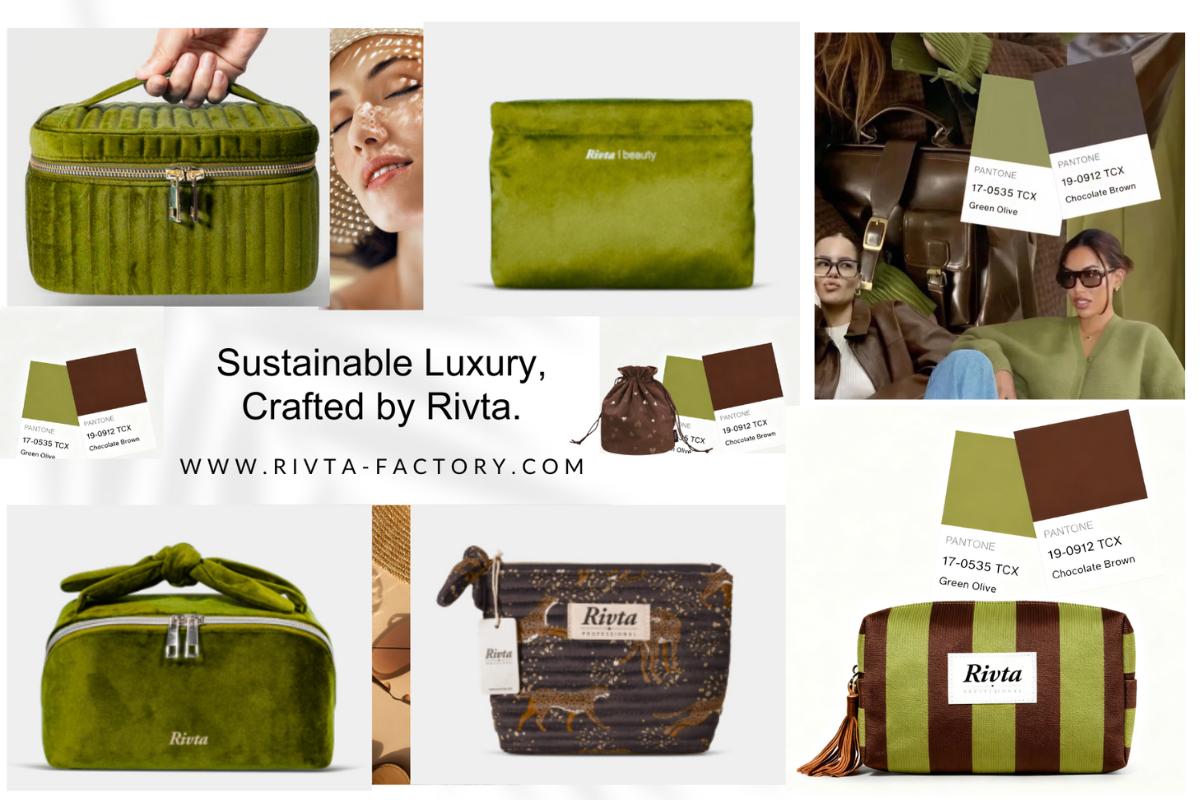
Clear Cosmetic Bags Wholesale: The B2B Buyer's Guide to Bulk Pricing & Factory Sourcing?
Sep .26.2025
Finding a reliable supplier for clear cosmetic bags can feel overwhelming. You face inconsistent quality and confusing pricing, making it hard to trust you're getting the best value for your brand.
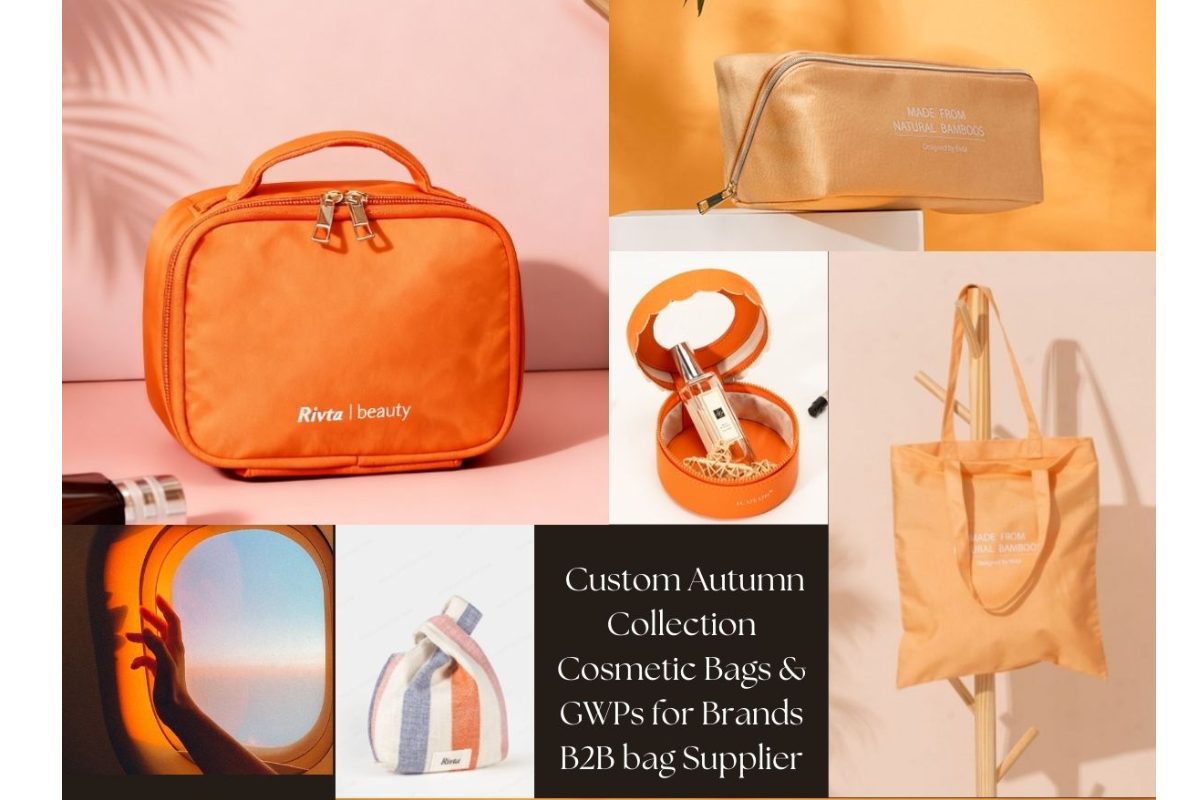
Buying Cosmetic Bags in Bulk: The Complete 2025 Guide for B2B Buyers?
Sep .25.2025
Sourcing quality cosmetic bags can feel overwhelming. Finding a reliable, eco-conscious partner is even harder. This guide will help you navigate the process and find the perfect match for your brand.
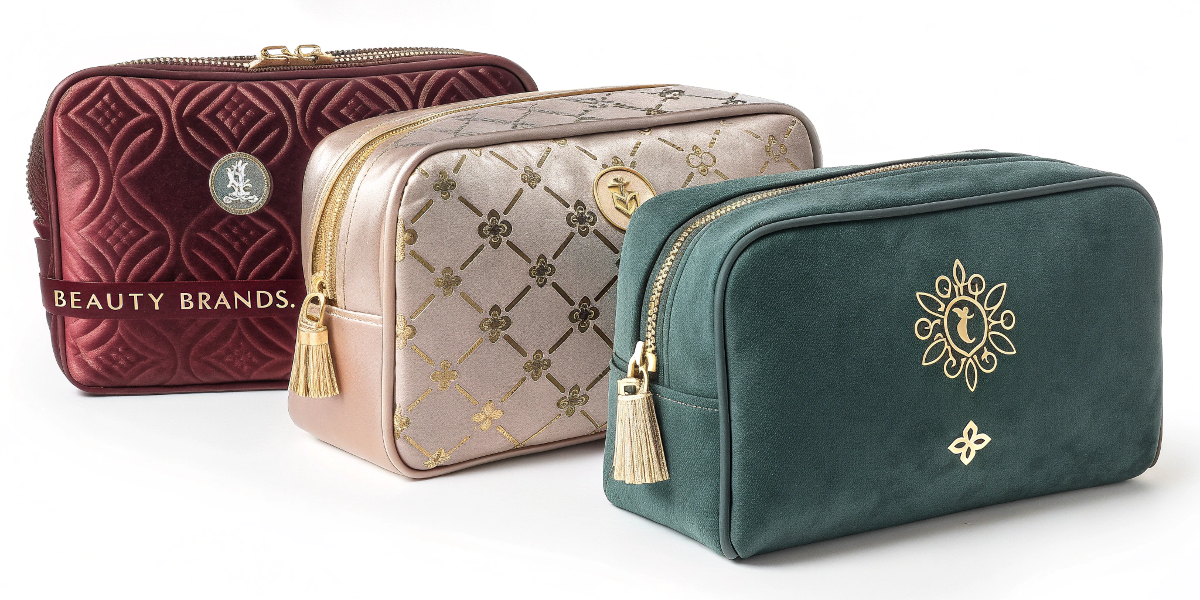
The Top 7 Reasons Why Partnering with a Sustainable Custom Bag OEM Elevates Your Brand
Sep .24.2025
In a saturated market, your beauty brand needs to stand out. A high-quality, custom gift-with-purchase (GWP) is a proven way to capture consumer attention and build loyalty far beyond the initial sale.
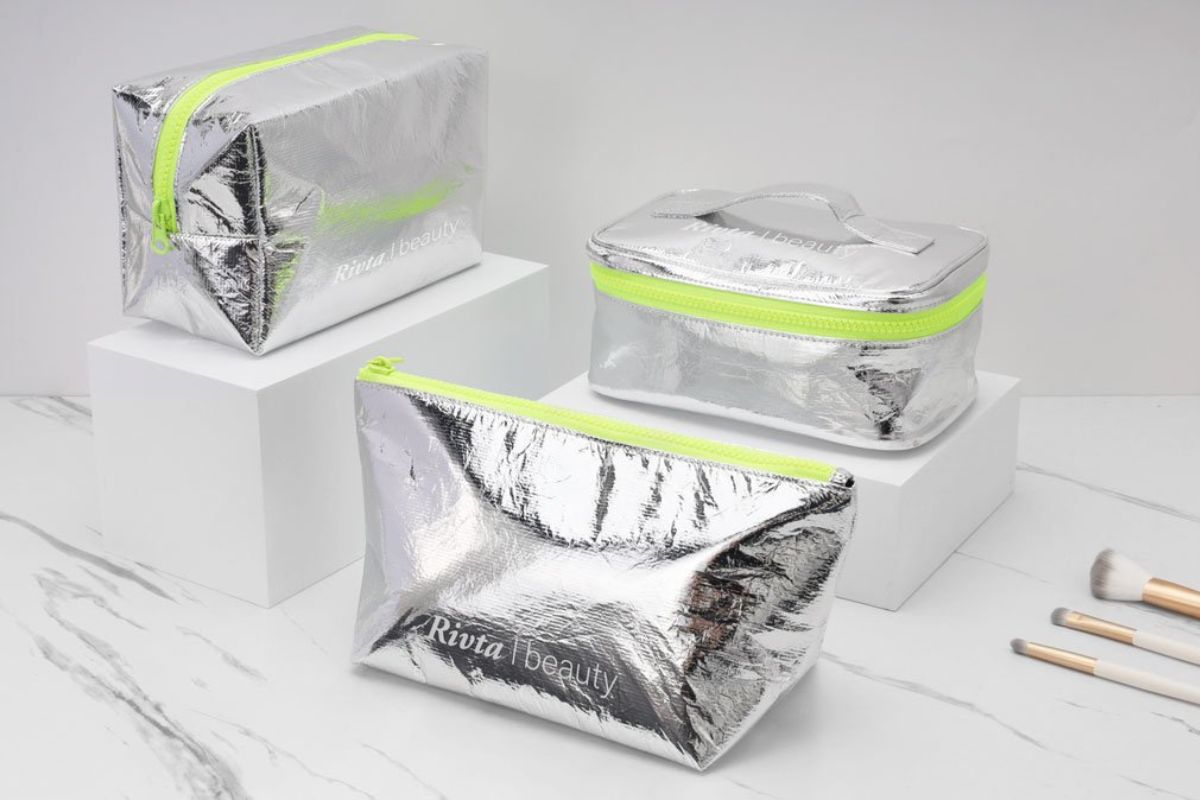
How to Find the Ultimate Toiletry Bag Manufacturer for Your US Business in 2025?
Sep .24.2025
Finding a reliable supplier can feel impossible. You're dealing with inconsistent quality, poor communication, and delays. This guide will show you how to find the perfect manufacturing partner for your brand.


















